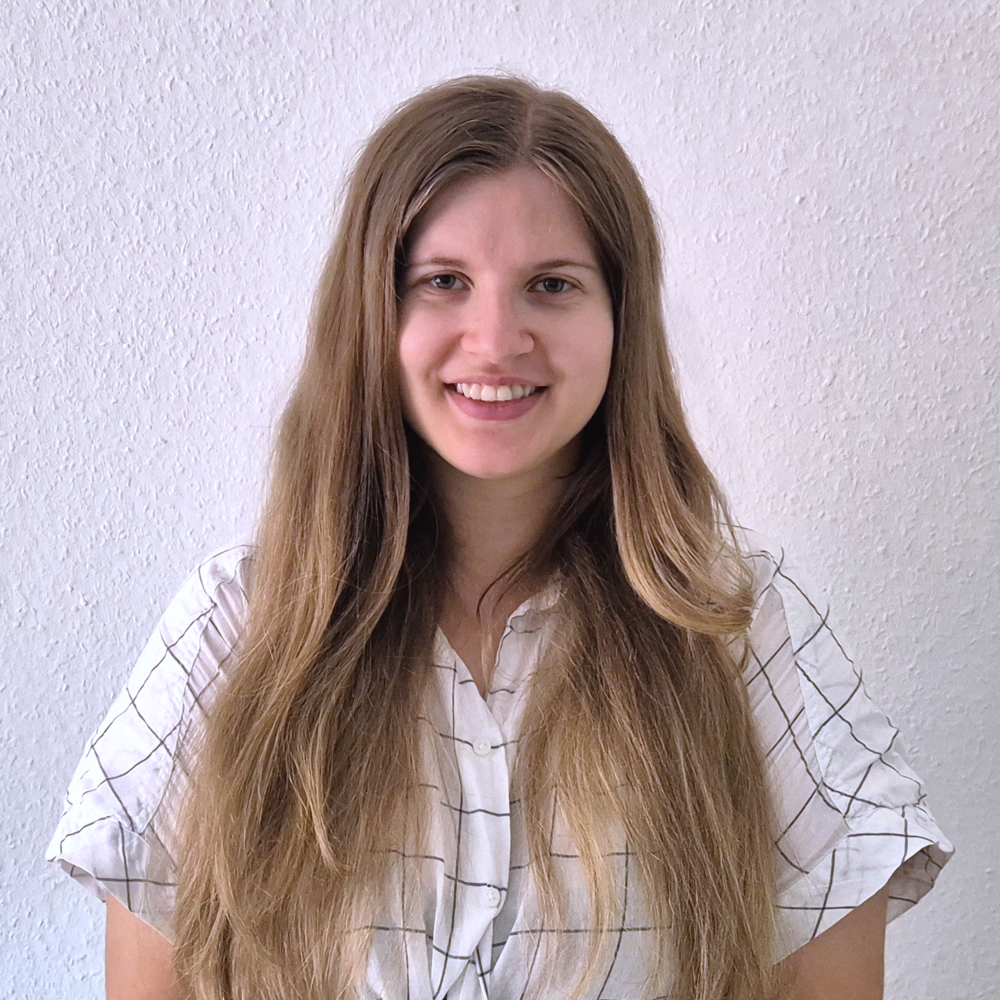CAN
Cloud Applications and Networks (CAN)
A fundamental part of any application or service today is the ability to communicate. Each service, each application uses some form of communication to, for example, operate resource-efficient in the cloud or simply to connect users, or load and display data from remote servers from the Internet. The applications make use of a huge pool of possibilities how they communicate. This includes various access technologies such as 5G mobile communications or wireless lan, or different protocols for downloading data such as streaming. Furthermore, economic interests and cost pressure, but also the technical possibilities offered by cloud architectures, enable the implementation of a service or application in scalable form. Nowadays, applications are not simply created, but use possibilities to serve any number of users. So a service can be rolled out in the cloud if necessary, so that it is available for 10, 1000 or one million users with consistent quality.
The objective of the Cloud Applications and Networks working group is the evaluation, modeling and performance analysis of Internet applications in relation to their communication technologies in the different communication networks. The working group always carries out the steps monitoring, modeling and analysis from a scientific point of view and with scientific methods. The monitoring of complex cloud infrastructures with dynamic Internet applications on mobiles, in the Internet or in a data center is an integral part of this process, so that targeted information can be gained, the complex interrelations can be understood and conclusions can be drawn. Based on the information, analyzes can then be compiled using abstract models with simulations if necessary, which has been the core competency of the entire "Chair of Communications Networks" for years.
Modeling of Internet applications leads to an abstract understanding of the operation of an Internet application or service or a form of communication. Abstract models allow easy use in network and application studies for insights, troubleshooting, optimizations, enhancements, and scaling and overload control methods, which are some of the main activities of the group for Cloud Applications and Networks.
Quality of Experience allows us to view and evaluate an application in terms of user experience. Technical data fades into the background, as long as it does not directly affect the user and her/his application experience. The Quality of Experience allows to base on the essential factors and perform targeted analyzes on the user of the application.
Monitoring is essential for all analyzes of applications and networks. It serves to collect and gather the relevant information for conclusions. In the course of increasingly complex and demanding applications on a variety of communication channels, an intelligent monitoring is needed, which manifests a scientific research focus of the group. It often has to be measured in various system layers, such as at the user, in the network or on the Internet because of technical limitations or accuracy of the data. The research question here is how to implement efficient monitoring for specific applications and how it can be carried out under certain constraints and conditions.
Research Questions
Methodology: What are the techniques and methods for modeling today's Internet services?
(especially with regard to today's major services on the Internet such as YouTube or emerging use cases like Internet of Things)
Structure and composition of applications: How does a large-scale Internet service look like today?
What are the common key elements, common paradigms and methods that can be identified as performance critical?
Communication protocols and access: What are and how do communications paradigms and protocols meet user expectations or contribute to application performance?
How to satisfy users? What interests a user in an Internet or mobile application? What is crucial for the user?
How should my application be structured to meet user expectations?
What are the fundamental relationships between network performance and user satisfaction?
What are tolerated network properties and when do users feel disturbed?
Requirements:
Which properties does a monitoring have to fulfill?
How to build a targeted monitoring for a variety of purposes?
Where is the degree between useful information for scalability and modeling, and useless, unanalyzable data overhead through monitoring?
How do I create efficient monitoring for purposeful data analysis that includes both application and network information?
Large-scale and comprehensive monitoring:
How to create a large-scale spatially inclusive and comprehensive performance monitoring system for mobile networks?
How can I establish a comprehensive, all-encompassing monitoring that includes the user and her/his experience on all devices?
Crowdsourced monitoring:
How to implement a crowdsourced-based rating/crowdsourced monitoring?
How do I interpret user ratings? What challenges arise?
Location and type of monitoring:
How to monitor a complex, large ecosystem of today's Internet applications with user and (mobile) network to allow meaningful conclusions from data?
Continuous evaluation:
How to create a continuous evaluation of systems on the Internet? How to create a large-scale evaluation system? What challenges arise for today's systems?
Team
Dr. Stefan Geißler
Head of Research Group

Doctoral Researcher

Doctoral Researcher

Doctoral Researcher

Doctoral Researcher

Doctoral Researcher

Doctoral Researcher
Current Projects

5GQMON - Crowdsourcing-based measurement methodology of user-oriented quality of service and network quality in 5G mobile networks
(May 2021 - April 2024)
The aim of the project is to investigate and define reliable crowdsourcing and agent-based methods to measure the performance of the new 5G mobile networks and their new applications, such as industrial applications, smart city, and the Internet of Things (IoT), according to end user's quality of experience.
Optimized Resource Integration and Global Architecture for Mobile Infrastructure for 6G (ORIGAMI)
(January 2024 - January 2027)
The ORIGAMI project brings together leading players from industry and academia in the mobile telco ecosystem in Europe, and is funded by the European Commission as part of the 6G Smart Networks and Services Joint Undertaking (SNS JU). During the 2023-2025 time frame, the ORIGAMI consortium works towards advancing the architectural models of next-generation mobile networks and removing important barriers towards successful 6G technologies.

Optimierung und Modellierung eines IoT-zentrischen Mobilfunkkernnetzes (OMI)
(Oktober 2022 - September 2025)
As part of this project, work will be carried out to optimize a fully virtualized mobile core network environment in the area of the Internet of Things. The focus should include quality assurance, investigating network anomalies, identifying device-specific traffic characteristics, developing metrics to assess the Quality of Experience (QoE) at the user plane level, and system optimization for resource-limited devices.



